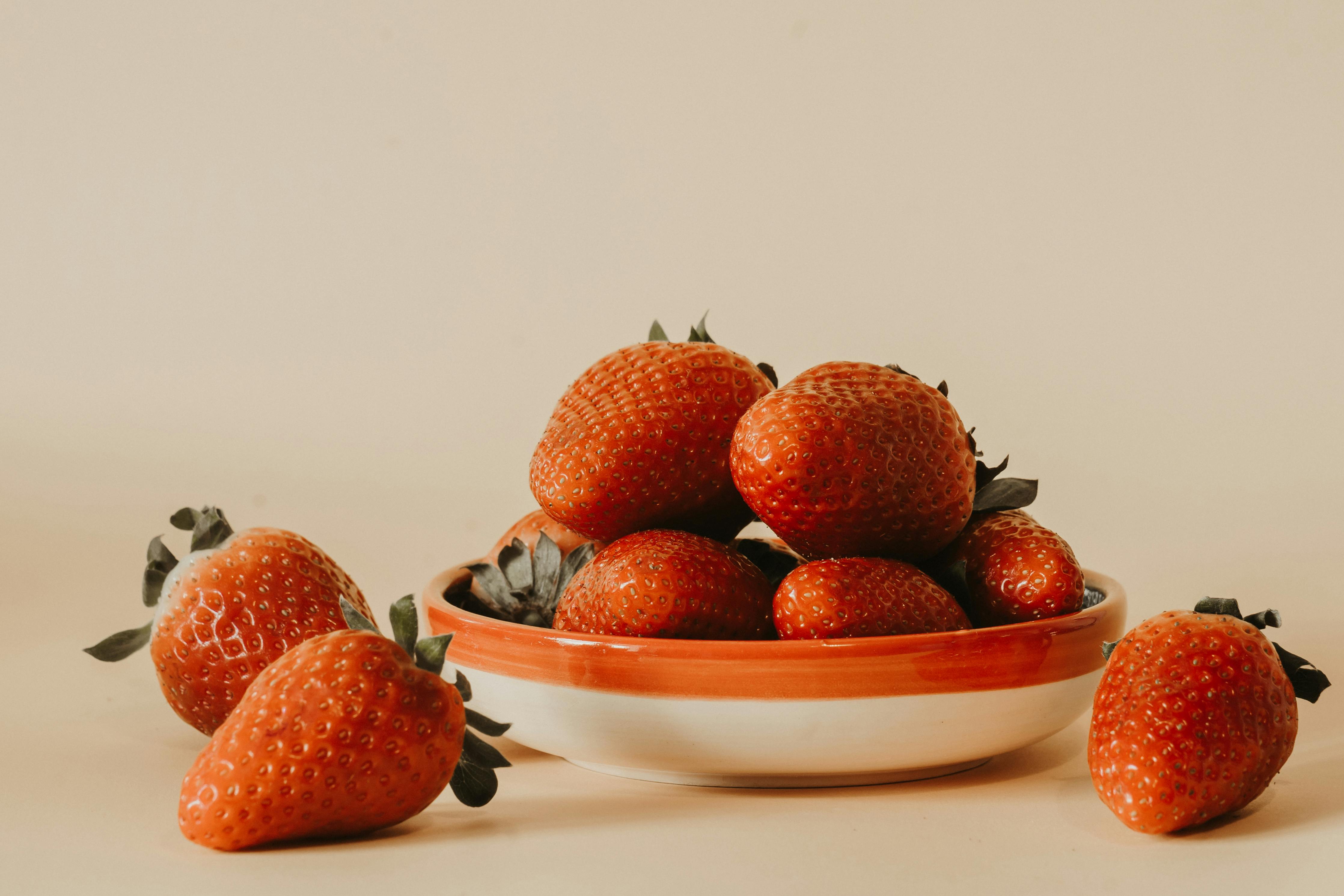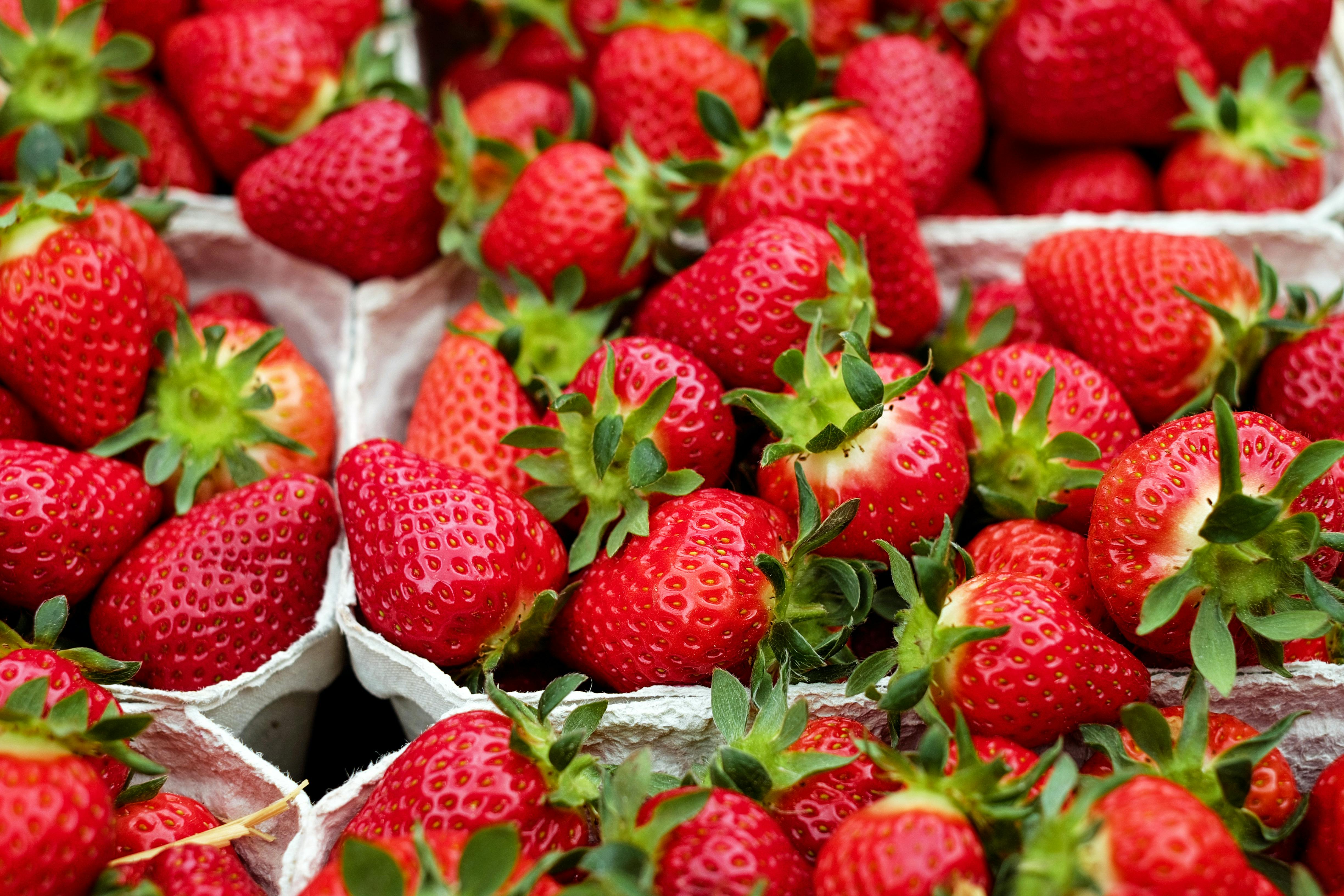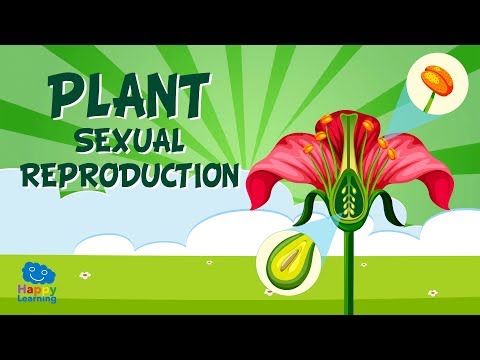Strawberries are a popular and nutritious fruit that can reproduce both sexually and asexually. While strawberries are most commonly grown through asexual reproduction, they do have the capability to reproduce sexually as well. This article will provide an overview of the different ways in which strawberries can reproduce and how these methods differ from one another.Sexual reproduction is a type of reproduction that involves the fusion of two haploid gametes to form a diploid zygote. This zygote will then develop into an embryo and eventually an adult organism. This type of reproduction occurs in organisms such as humans, animals, and plants.
Asexual reproduction is a type of reproduction that does not involve the fusion of two gametes to form a zygote. In asexual reproduction, one parent produces offspring that are genetically identical to it. This type of reproduction is found in simple organisms such as bacteria and protists.
Sexual Reproduction in Strawberries
Strawberries are one of the most popular fruits around the world and are grown commercially in many parts of the world. The strawberry plant is a perennial, meaning it can survive for more than two years. It reproduces by sexual reproduction, which involves the transfer of genetic material from two parents. This process allows for variation within the species, leading to new and improved varieties of strawberries.
The strawberry plant has both male and female reproductive organs, which are contained in small flowers that grow on individual plants. These flowers contain both male and female reproductive cells called gametes, which need to come together in order to produce offspring. Pollination is the process by which pollen from one plant is transferred to another, allowing the gametes to fuse together and create a new plant. This process usually occurs through insects like bees or other pollinators, but can also be done manually by gardeners or farmers using brushes.
Once pollination has occurred, fertilization takes place when the male gamete joins with the female gamete within the ovary of the flower to form an embryo known as a zygote. This zygote then develops into a seed that will eventually turn into a new strawberry plant when planted in soil and given adequate care such as sun, water, and nutrients.
Sexual reproduction in strawberries is beneficial because it produces variation within a species and allows for new varieties of strawberries to be developed over time through selective breeding or cross-pollination techniques. Additionally, this method of reproduction ensures that each generation of strawberry plants will have some genetic diversity from its parent plants, allowing it to better adapt to environmental changes and disease pressures.
Strawberry Asexual Reproduction
Asexual reproduction is the type of reproduction in which a single organism can produce offspring without the involvement of another organism. Strawberry plants are one of the few plants that can reproduce asexually. This process is known as strawberry asexual reproduction.
Strawberry asexual reproduction occurs when new shoots grow from the roots of existing mature plants, or when runners, which are long stems with small buds at their tips, grow away from the parent plant and form new daughter plants.
The first step in strawberry asexual reproduction is for the parent plant to create runners that will eventually become daughter plants. The runners develop near the crown of the parent plant and contain tiny buds at their tip. When these buds come into contact with soil, they quickly develop roots and begin to grow as separate plants.
The second step in strawberry asexual reproduction is for the daughter plants to begin producing their own runners and flower stalks. As these new daughter plants mature, they will also produce their own flowers and fruits, eventually becoming independent adult strawberry plants capable of producing runners of their own.
Strawberry asexual reproduction can be an effective way to propagate strawberry plants because it is relatively fast and easy compared to other methods such as cuttings or grafting. Additionally, it ensures that each new daughter plant will have the same characteristics as its parent plant since it was created through cloning rather than cross-pollination by bees or other pollinators.
Advantage of Asexual Reproduction in Strawberries
Asexual reproduction in strawberries is a process whereby a single organism can propagate and create new offspring without the involvement of another organism. This form of sexual reproduction is advantageous to strawberry farmers for several reasons. Firstly, it allows the farmer to rapidly increase their crop yield as a single plant can produce many new plants in a short space of time. Secondly, it is also an economical method as no additional resources are needed to produce the new offspring. Finally, asexual reproduction offers more control than sexual reproduction as the farmer has the ability to select which plants they wish to propagate and also have greater control over the genetic makeup of their crop. By propagating only those plants with desirable traits, farmers can ensure that their crops remain healthy and productive.
Asexual reproduction also helps farmers protect their crops from disease and pests as it involves cloning, which means that all offspring will be genetically identical to their parent plant. This makes them less susceptible to disease and pests that might otherwise affect them if they were not genetically similar. Additionally, asexual reproduction in strawberries does not require pollination which further reduces the risk of disease or pests entering the crop.
Overall, asexual reproduction in strawberries offers many advantages for both farmers and their crops. It is an economical method of increasing crop yield quickly and efficiently while providing greater control over genetic makeup and protecting crops from disease or pests.
Are There Any Disadvantages to Asexual Reproduction in Strawberries?
Asexual reproduction in strawberries is a common method of propagation, which involves the cloning of existing strawberry plants. While it is a simpler and less costly form of reproduction than sexual reproduction, there are some potential drawbacks associated with this method. Most notably, asexual reproduction can lead to a lack of genetic diversity, which can weaken the overall health of the plant population. Additionally, it can be more difficult to create new varieties of strawberries using asexual reproduction since only existing genetic material is used in the process. Finally, because no new genetic material is introduced, plants propagated through asexual reproduction may be more susceptible to disease and environmental stressors.

Pollination and Strawberries’ Reproductive Strategies
Pollination is a critical part of the reproductive strategies of strawberries. The process is necessary for the strawberry plant to reproduce, as pollination allows for the transfer of pollen from one flower to another. This helps to ensure that fertilization occurs, and that new plants are able to develop. Pollination is typically carried out by bees, but can also be done by other insects, such as butterflies and moths. Without pollination, many strawberry plants would not be able to reproduce.
When pollination occurs successfully, it leads to the development of fruits and seeds in the strawberry plant. This allows for propagation of the species, as seeds from one plant can be used to grow new plants. In addition, pollinated plants produce larger fruits with larger seeds than those which are unpollinated. This means that more food can be produced from a single plant when pollination has taken place. The number of berries produced by a single plant increases significantly when it has been subject to pollination.
In addition to aiding in reproduction, pollination also helps strawberries produce better tasting fruit. Fruits produced through pollinated plants tend to have a sweeter taste than those which are not pollinated. They also tend to have higher nutritional value due to more concentrated amounts of vitamins and minerals present in the fruit itself. Pollinating strawberries also increases their resistance to disease and pests, as they are less likely to succumb due to weakened immune systems caused by lack of nutrition or exposure to harmful organisms.
Overall, it is clear that pollination plays an important role in strawberries’ reproductive strategies. It helps ensure successful reproduction through fertilization and provides larger fruits with more nutritious content when compared with unpollinated plants. Furthermore, it contributes towards better tasting fruit and increased resistance against disease and pests. Thus, it is essential for a healthy crop production of strawberries that they are regularly subjected to successful forms of pollination in order for their reproductive strategies remain effective throughout the season
Strawberries Self-Pollinate or Cross-Pollinate
Strawberries are self-pollinating, meaning that they do not require cross-pollination from other plants in order to produce fruit. However, cross-pollination is beneficial for some varieties of strawberries as it can help increase the size and quality of the fruit produced. Cross-pollination occurs when pollen from one plant is transferred to another, usually by bees, butterflies, or other insects. The resulting offspring are a combination of both parent plants and can yield improved characteristics such as disease resistance and increased yield.
Self-pollinating plants such as strawberries rely solely on their own pollen to fertilize their ovules and therefore don’t require assistance from pollinators like bees or butterflies for successful pollination. In fact, many strawberry varieties are day-neutral meaning that they flower over an extended period of time and have the ability to self-pollinate regardless of temperature or light conditions. This makes them a popular choice for gardeners wanting to produce a large crop of delicious berries without needing to worry about cross-pollinating with other nearby plants.
Despite being capable of self-pollination, some strawberry varieties still benefit from cross-pollination in order to produce larger and higher quality fruits. As mentioned above, cross-pollination involves transferring pollen from one plant to another which can result in improved characteristics such as increased yield and disease resistance. For this reason, it is recommended that gardeners plant multiple varieties of strawberries nearby in order to encourage natural cross pollination through the activities of pollinators.
In summary, while strawberries are capable of self-pollinating successfully, it is beneficial for some varieties if they receive assistance through natural cross pollination with other nearby plants. This process helps improve the size and quality of the fruits produced while also providing additional disease resistance benefits.
Asexual Reproduction in Other Plants
Strawberries are not the only plants that use asexual reproduction; many other plants also reproduce asexually. Asexual reproduction is a type of reproduction that does not involve the fusion of gametes or the exchange of genetic material. Instead, it involves the formation of new individuals from a single parent. This type of reproduction is advantageous for plants because it allows them to quickly produce clones of themselves, providing them with an efficient means of propagation and survival.
A few examples of plants that use asexual reproduction include trees, shrubs, and grasses. In trees, asexual reproduction can occur through root sprouting, which involves new shoots growing from the roots. Shrubs often produce suckers or shoots from their roots as well. Grass species are able to spread by means of vegetative propagation; this is when shoots or runners grow out from their original plant and take root elsewhere.
Some aquatic plants also reproduce asexually; these include species such as water lilies, duckweed, and bladderwort. Many algae species reproduce through a process called fragmentation; this is when broken pieces from an organism form complete individuals when they take root elsewhere. Furthermore, some fungi species reproduce through the formation of spores which can be dispersed through the air or water and eventually grow into fully formed organisms.
Overall, asexual reproduction is an important form of propagation for many plant species in order to ensure their survival and spread across environments. The various methods used by different plants demonstrate how successful this process can be in ensuring their survival in different habitats.

Conclusion
Strawberries reproduce sexually and asexually depending on the type. Hybrid varieties typically reproduce asexually, while wild varieties reproduce sexually. Asexual reproduction is more efficient for hybrid strawberries because it allows the breeder to quickly and reliably produce plants with specific traits. On the other hand, sexual reproduction is more beneficial for wild strawberries because it encourages variation in the genetic pool, allowing the population to better adapt to changing environmental conditions.
No matter how it reproduces, however, one thing is certain: strawberries are an important part of our diet and culture. From jam to smoothies, salads to deserts, these sweet little berries are integral in modern cuisine and continue to delight us with their unique flavor and versatility.



